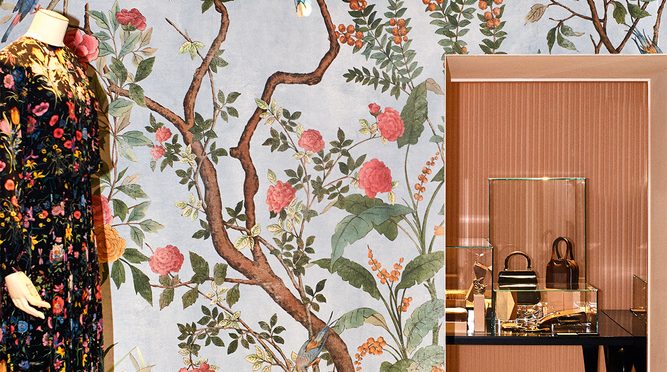Welcome to the place where fashion, futurism, pop and rebirth coexist. So is the brand new ‘Gucci Garden’, the Florentine museum in honor of the firm that Alessandro Michele has filled with energy.
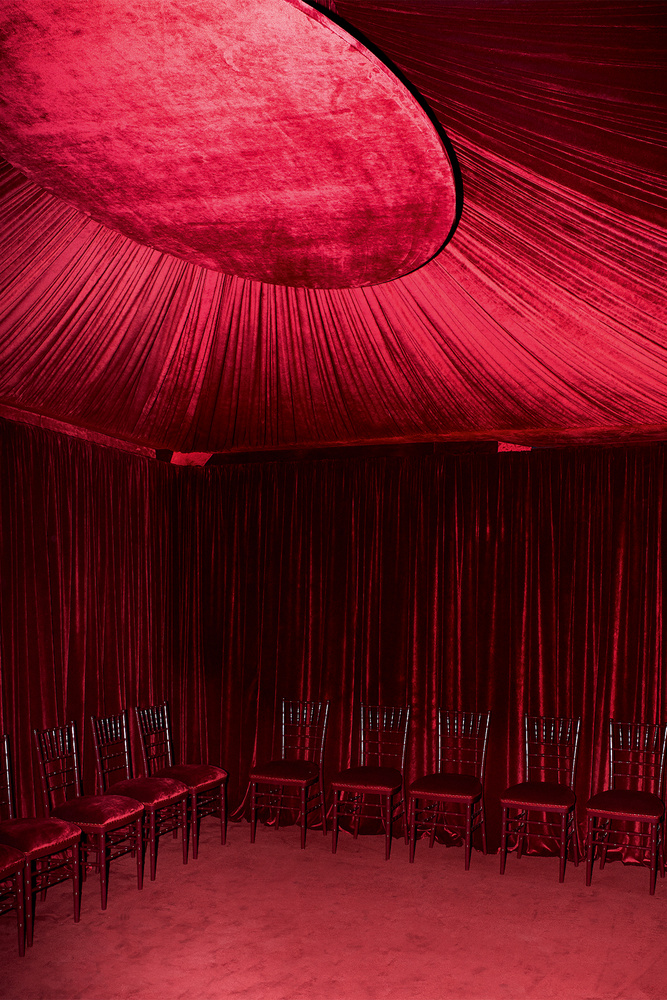
Here it transcends fashion, the previous proposal is not denied every six months, it evolves by building. This is Gucci paradise. Alessandro Michele, last and revolutionary creative director of the house of the double G, has transformed the Palazzo della Mercanzia into the new Gucci Garden. This construction of the XIV, located in Piazza della Signoria, welcomes a more dynamic era. Everything follows the aesthetic vocabulary of the designer in which Star Trek, Renaissance and pop coexist.
Touring its three floors is to relive the history of Gucci from its origins, back in 1921, and project into the future among garments, antiquities and contemporary art such as Jayde Fish, Trevor Andrew (renamed GucciGhost) or the Spanish Coco Capitán, author of the aphorisms of the stairs like Common sense is not that common (common sense is not so common), or the nineteenth-century Domenico Induno.
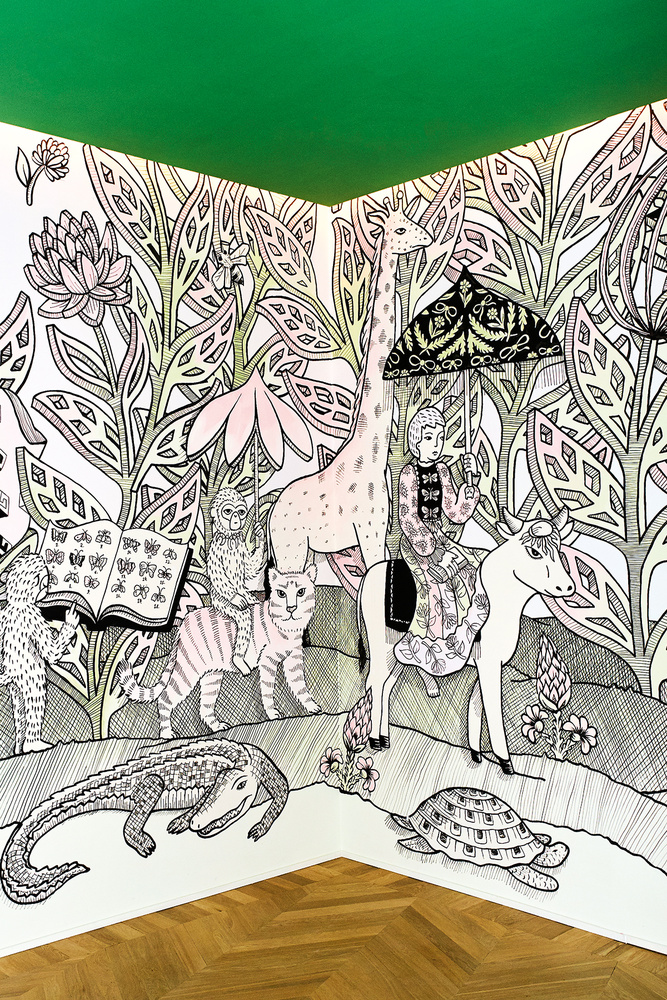
The passion for the nature of the brand has always been present in its prints and is more evident in this garden, which explains that Michele “belongs, first of all, to the mind and is inhabited by plants and animals, like the snake, that sneaks everywhere and, in a certain sense, symbolizes a perpetual beginning and a return. ” The designer hired the curator Maria Luisa Frisa to work with him in organizing the Galleria, which occupies the first and second floors. In them their historical archive is available imaginatively and without chronology, in a mix between dressing room and cabinet of curiosities of a bohemian and intellectual family.
“We turn the architecture into a laboratory that houses all the elements necessary to experiment in a creative way. In the De Rerum Natura rooms, we see Gucci’s passion for flora and fauna in vintage and current garments, figurines of silver animals made by the firm in the 50s and original works of art by Vittorio Accornero, author of the Flora print in 1966, “explains Frisa.
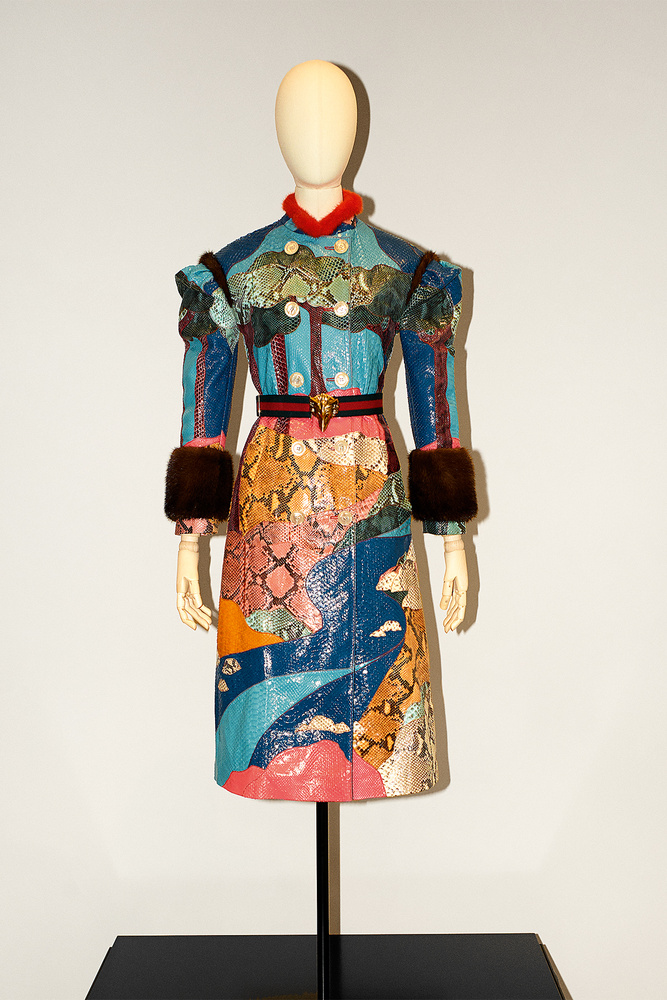
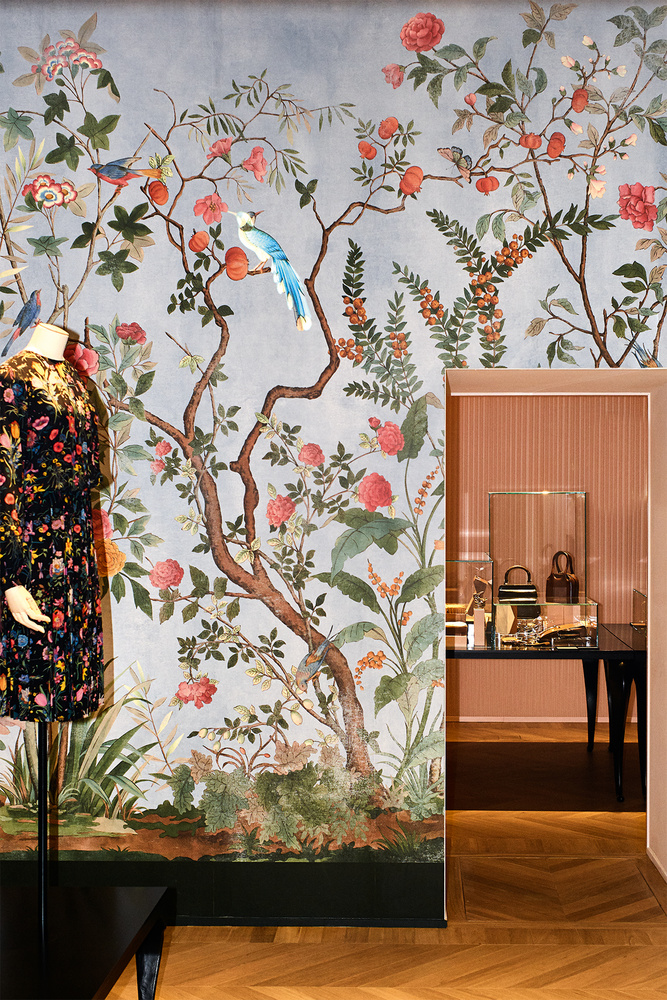

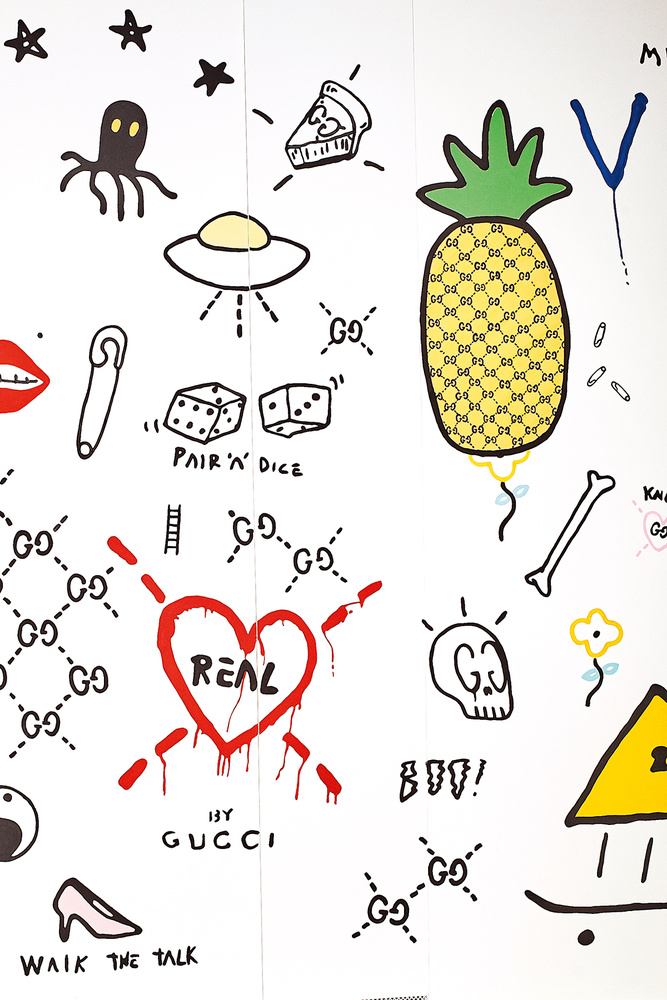
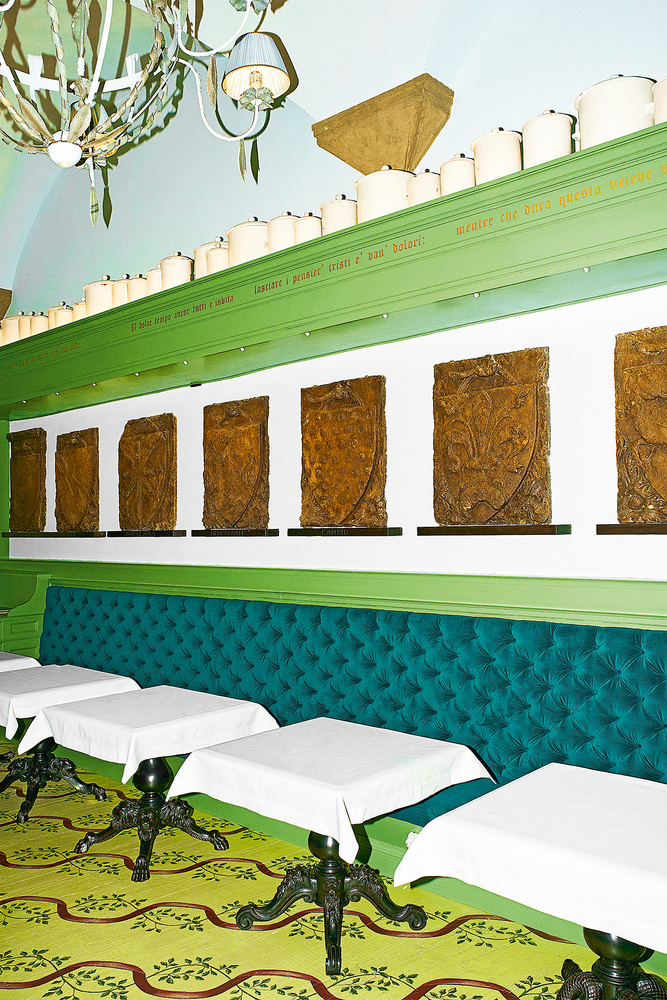
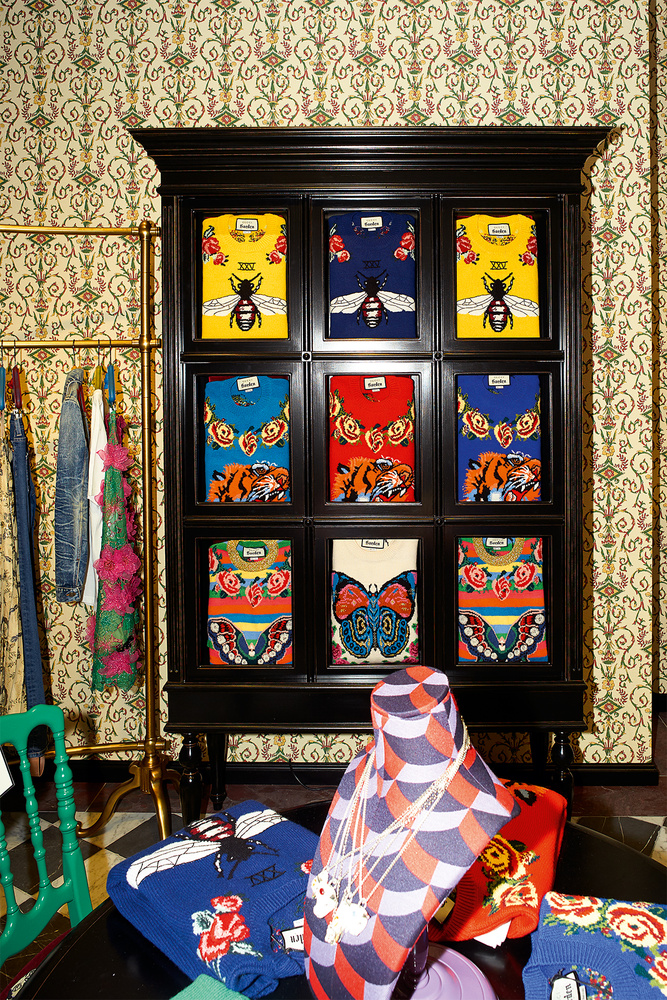


Going down one floor the Guccification rooms are distributed, centered on the evolution of the logo, with pieces taken from his legacy until the collaboration with the stylist Simon Foxton, who gave it a punk touch. Paraphernaria, dedicated to icons such as their moccasins, the green and red tribanda or bamboo. Cosmorama, where the baggage and the figure of the bellhop are the stars, a tribute to its founder, Guccio Gucci, who worked in this position at the Savoy Hotel in London and, finally, a Cinema da Camera, a small cinema Red velvet.
The street floor is reserved for the Gucci Osteria by Massimo Bottura, with a menu of reinterpreted Italian dishes. “A reminder that Florence has always been a center of cultural exchange, especially during the Renaissance,” points out the three Michelin stars. Next to this, a boutique with an exclusive fashion collection for Gucci Garden, a selection of books and decoration pieces that stand out on the floor made of aged marble tiles and wooden boards painted with patterns of purple ribbons and lianas. “I just want to tell a story,” says Michele. A very cultured fable of which we wish to know how it will continue.


